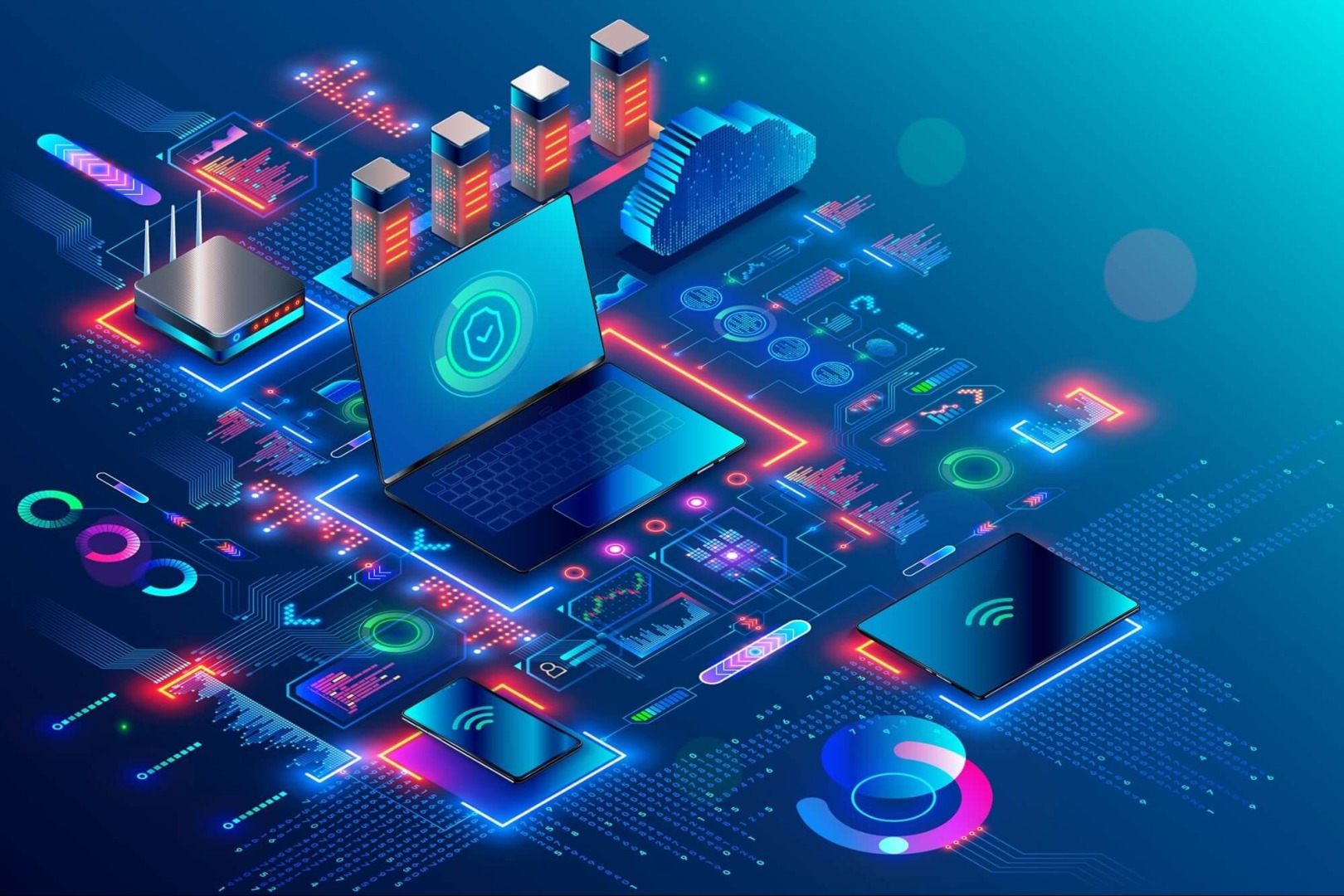Comments
- No comments found

IoT in 2023 is expected to continue its explosive growth, with the number of installed IoT devices expected to reach 43 billion devices.
The Internet of Things (IoT) refers to the network of physical devices, vehicles, buildings, and other objects that are embedded with sensors, software, and network connectivity, allowing them to collect and exchange data.
These devices can be connected to the internet and can communicate with one another and with other internet-enabled devices and systems. IoT allows for the automation and remote control of many everyday objects and processes, and it has the potential to revolutionize a wide range of industries and applications, from healthcare and transportation to agriculture and energy management.
Some of the latest trends of IoT in 2023 include:
Edge computing: With the increasing amount of data generated by IoT devices, edge computing allows for data processing and analysis to be performed at the edge of the network, closer to the source of the data. This reduces the need to transmit large amounts of data to the cloud and can improve the speed and efficiency of IoT systems.
5G connectivity: The roll-out of 5G networks is expected to enable faster and more reliable connectivity for IoT devices, enabling new use cases and applications.
Security: As IoT devices become more widespread, ensuring the security of these devices and the data they generate becomes increasingly important. This includes not only protecting against external threats such as hacking, but also addressing issues such as privacy and data ownership.
Artificial intelligence: The integration of AI into IoT systems is enabling more advanced analysis and decision-making capabilities, enabling IoT systems to become more autonomous and responsive.
Interoperability: Ensuring that different IoT devices and systems are able to communicate and work together seamlessly is a key challenge and focus of development in the IoT space.
IoT is expected to bring significant advances and improvements in a wide range of industries and applications beyond 2023. Some possible developments and future trends include:
Greater integration and automation: As more and more devices become connected and able to communicate with one another, we can expect to see increasing levels of automation and integration across various systems and processes.
Improved efficiency and productivity: By providing real-time data and enabling remote monitoring and control, IoT has the potential to improve the efficiency and productivity of many industries and operations.
Enhanced customer experiences: IoT can enable personalized and more convenient experiences for customers in a variety of sectors, such as retail, transportation, and healthcare.
New business models: IoT is likely to enable the development of new business models and revenue streams, as well as transforming existing ones.
Increased interconnectivity: As more and more devices become connected to the internet, we can expect to see an ever-increasing level of interconnectivity and interdependence between various systems and processes.
Leave your comments
Post comment as a guest